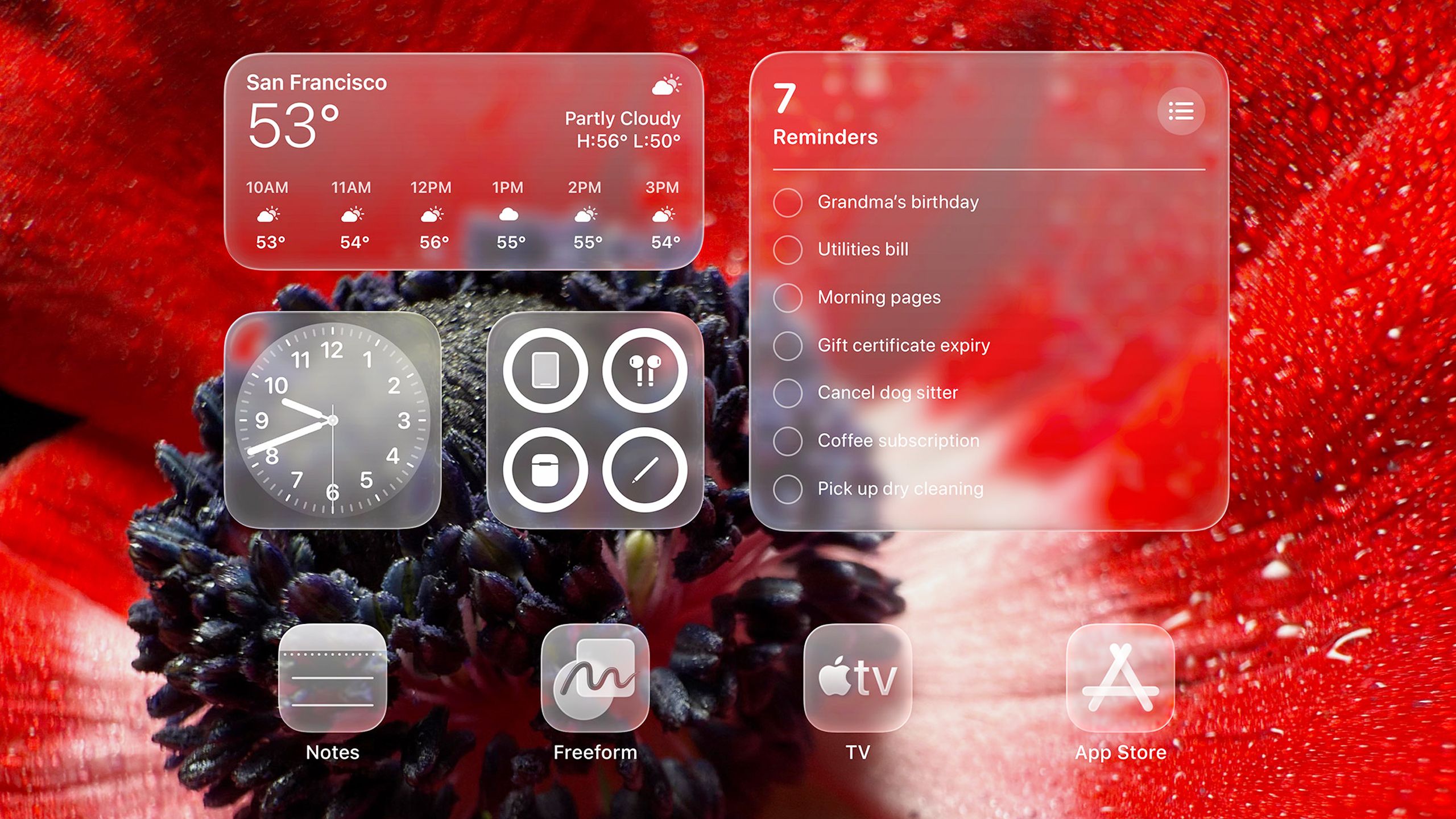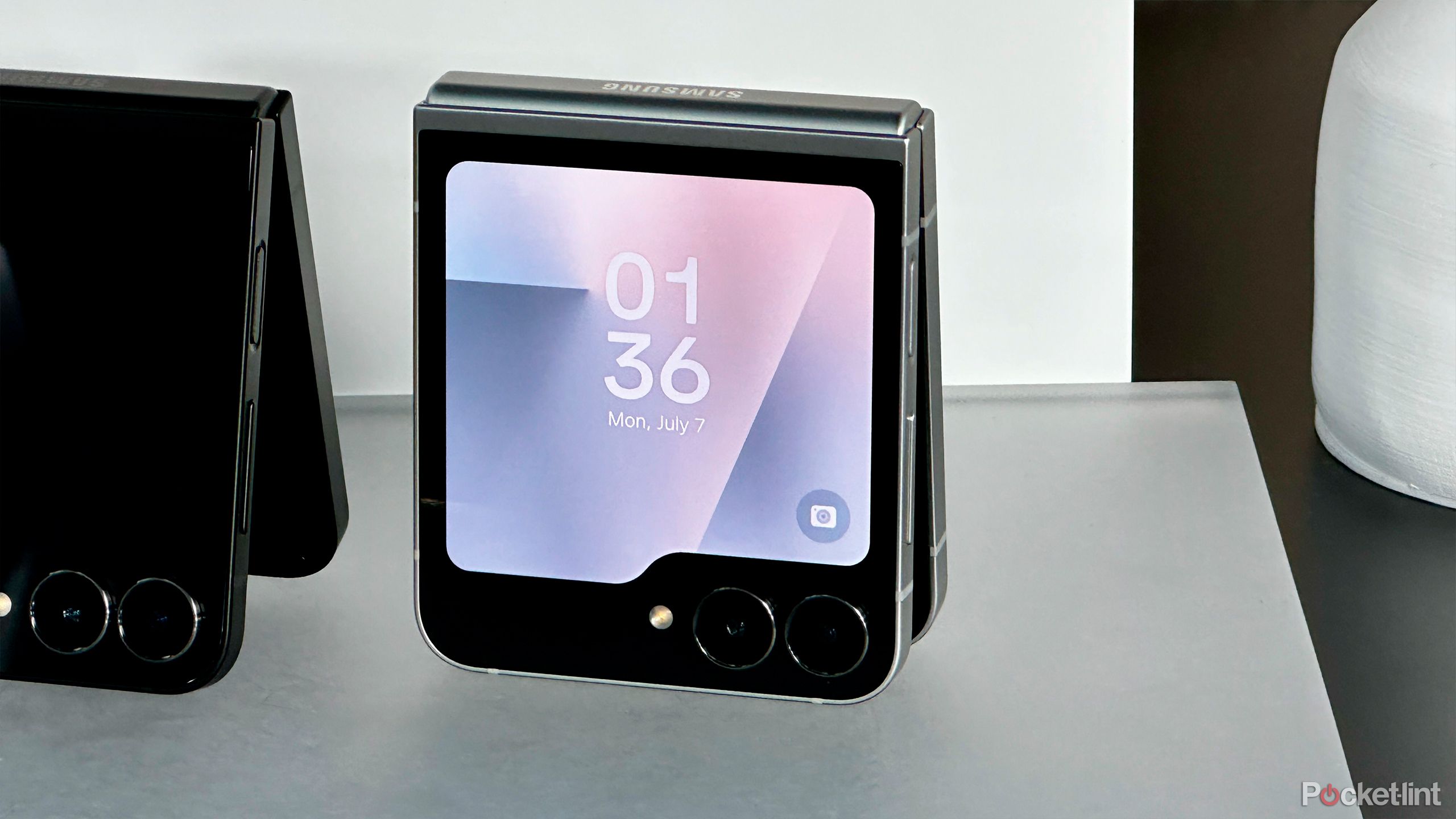Summary
- Apple should make sure it has a flip foldable waiting in the wings after 2026’s iPhone Fold.
- An iPhone Flip could potentially break foldables into the mainstream, delivering the appeal of a folding iPhone at a (more) reasonable price point.
- Hypothetically, its design could merge the thinness of the iPhone 17 Air with new iOS 28 widgets that fully exploit cover screens.
In a way, you have to pity Apple. Here it is gearing up for the launch of the iPhone 17 series — including the ultra-thin, potentially battery-crippled iPhone 17 Air — and a lot of the media hype has already shifted to next year’s phones, particularly the so-called iPhone Fold.
It makes sense, though. While the Air will be interesting to see in action, particularly to judge whether people are willing to trade longevity for thinness, Apple has yet to ship a folding device of any kind. That’s despite Samsung launching the Galaxy Fold back in 2019, and shipping its seventh-generation products just days ago — for a parallel, imagine if PC makers had waited until 1991 to produce a competitor to the Macintosh.
One of the few things we know about the iPhone Fold is that it’s expected to be a book-style foldable, like the Z Fold 7, opening up to reveal a tablet-sized screen. I’m here to suggest that if it isn’t already planning to, Apple should prepare an additional foldable for the year after. Let’s call it the iPhone Flip, which could be even more important than the company’s first dip into the foldable waters.

Related
I won’t be buying a Pro iPhone until Apple fixes this camera problem
A telephoto camera should be the main show, not just nice to have.
The budget gap
Breaking out of the niche market
On a functional level, I’m all for book-style foldables. Whenever I fly long-distance, I inevitably bring my iPad with me so I have something larger than an iPhone to watch movies and TV shows on. It’s also better for web browsing, and in some situations, it becomes a practical work tool. Merging both devices would save me some trouble, and as a bonus, I’d have more fun whenever I’m stuck waiting for doctors or auto repairs.
The main barrier to adoption is, of course, cost. The Galaxy Z Fold 7 starts at $2,000, and even Google’s Pixel 9 Pro Fold is about $1,500. Those prices are difficult for most people to justify, whether they’re looking to replace a phone and tablet at the same time. You could buy an iPhone 16 and a 13-inch iPad Air and still save money over the Z Fold. If you went on a tangent, $2,000 might also be enough to buy a powerful gaming laptop, a decent PEV, or your first stake in the stock market.
The combination of a reasonable price and the popularity of iPhones could finally break foldables into the mainstream.
Flip-style foldables are inherently cheaper, since both their internal and external displays are smaller — you can get the entry-level Moto Razr (2025) for $600, and the Z Flip 7 is $1,100. That puts them in a range comparable to non-folding devices, meaning more people can realistically consider them. I’d go so far as to say that an iPhone Flip may be inevitable, since Apple itself has to realize that most people will balk at the iPhone Fold’s rumored $2,000-plus price tag. With the $3,500 Vision Pro, it learned the hard way that wealthy shoppers can only support you so much.
The combination of a reasonable price and the popularity of iPhones could finally break foldables into the mainstream. Indeed, as you’ve probably noticed, Android foldables haven’t made much headway yet. Here in North America, you do see foldables out in the wild occasionally, but it seems like most shoppers would rather spend extra on an iPhone 16 Pro or a Galaxy S25 Ultra, if they’re going to splurge on anything. Personally, I’m considering downgrading to a non-Pro iPhone the next time I switch devices.

Related
Everything you need to know about PEVs, or personal electric vehicles
You can use PEVs to explore, run errands, or speed up your commute.
A practical concern
Not everyone wants an iPad in their pocket
Moving past the cost issue, there’s also the question of how many people share my interest in the book-style format. Devices like the Z Fold 7 are now ridiculously thin and almost the same size as a conventional candybar phone. But they’re still often bigger, and some people would actually prefer something smaller than the standard size. My wife recently upgraded from her 4.7-inch iPhone SE, and lamented the fact that anything newer was upwards of 6-inches.
Flip foldables offer a compromise. Yes, their internal screens are still over the 6-inch mark — but folded, you get a compact cover display with access to functions like messaging, weather, and media controls. That can be good enough for small phone enthusiasts. I’d like to spend more time with a flip device myself, thinking about it, since dual screens enable some special tricks, like translating in-person conversations in real-time.
As I’ve argued elsewhere, there’s also a well-balanced “detox” quality to flip devices. The need to open them makes it ever-so-slightly harder to get lured into social media apps, which in turn may leave you in a healthier mental space. There are more direct approaches to the detox concept, like the Light Phone 3, but the truth is that it’s often hard to get by in modern life without a “real” phone that can handle tasks like in-car navigation or ordering food. I’d be in real trouble if I couldn’t access news feeds or a full set of email functions.
What the company might really need for a flip device is dramatically improved widget technology.
It’s interesting to contemplate what an iPhone Flip might look like. My own guess is that it might mostly resemble the Z Flip 7, but exploit the iPhone 17 Air’s engineering advances to be as thin and light as possible. Apple already seems to be laying a lot of the software groundwork for foldables, given that iOS 26 includes real-time translation for apps like Messages and FaceTime, and iPadOS 26 sports a new multitasking infrastructure. What the company might really need for a flip device, though, is dramatically improved widget technology. The Z Flip’s cover screen already has a Smart Stack-like Now Bar widget, plus access to Google Gemini. Apple’s going to have to progress beyond promised fixes to Siri and Apple Intelligence if it wants to go toe-to-toe with its rivals.
I’ll be waiting a while to confirm any of this, of course. Apple does preview iOS refreshes at its Worldwide Developers Conference every June, but it also conceals changes related to new products until that hardware is revealed. So, apart from leaks, the earliest you might see an iPhone Flip is September 2027. That’s an eternity in the tech industry, and Apple may end up facing some very tough competition if it’s not prepared to leapfrog everyone else in innovation.

Related
4 ways iPadOS 26 is finally making the iPad more like the Mac
The leap isn’t complete, but iPads are a lot closer to becoming true laptop replacements.











